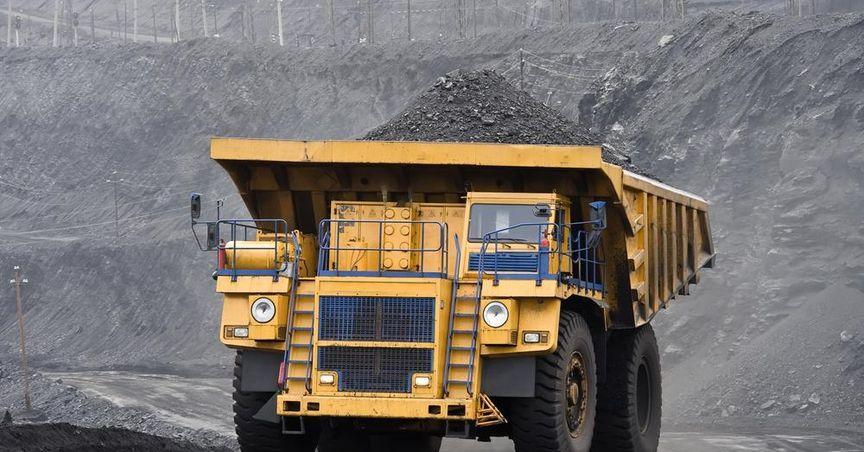Highlights
- Nucor's return on capital dropped from 16% to 12% in five years.
- Despite higher capital, revenue has decreased.
- Nucor's stock rose 178% over five years, outpacing its performance.
Nucor Corp , a key player in the steel manufacturing industry, has experienced significant stock growth despite declining returns on capital employed (Return on capital employed) and reduced revenues. As Nucor continues to reinvest capital, the company's weakening Return on capital employed and stagnant sales raise questions about its long-term sustainability. This analysis explores Nucor’s performance amid these challenges and its position within the broader NYSE Metal and Mining Stocks sector.
Nucor’s (NYSE:NUE) Declining Return on Capital Employed
Nucor’s, a leading steel producer, has seen impressive stock growth, with a remarkable 178% increase over the past five years. However, beneath this strong stock performance, certain key metrics raise concerns, particularly the company's return on capital employed . A deeper look into the trends behind Nucor's Return on capital employed provides insight into the company's ability to generate returns from its capital base and reinvest earnings effectively.
Understanding Return on Capital Employed
Return on capital employed is a vital metric for assessing how efficiently a company is using its capital to generate profits. It is calculated by dividing a company’s pre-tax income by its capital employed, typically expressed as a percentage. A rising Return on capital employed indicates a company’s ability to reinvest earnings at higher rates, signaling solid growth prospects. Conversely, a decline in Return on capital employed may suggest diminishing returns on invested capital, a critical red flag for potential long-term value creation.
The Decline in Nucor’s Return on capital employed
Over the last five years, Nucor's Return on capital employed has dropped from 16% to 12%, a concerning trend for investors. This decline suggests that despite the company deploying more capital, it has been unable to maintain or improve the returns generated from that capital. In other words, Nucor has been investing more but is not seeing a proportional increase in profitability. This is compounded by a drop in revenue, raising questions about the company’s ability to grow in a competitive market.
Flat Revenue and Increasing Capital Concerns
Despite an increase in capital employed, Nucor has faced challenges in boosting its sales. Revenue has dropped during the same period that capital deployment has risen, a trend that signals potential difficulties in securing market share. The combination of stagnant revenue and rising capital suggests that Nucor may be facing growth challenges, potentially losing ground to competitors despite its reinvestment efforts.
Stock Surge Amid Weakening Fundamentals
One of the striking aspects of Nucor’s performance is the disparity between its stock growth and underlying financial metrics. The company’s stock has increased by an impressive 178% over the past five years, signaling strong market optimism. However, this strong stock price does not align with the company’s weakening Return on capital employed and declining revenue. The stock’s strong performance in the face of such concerns suggests that market sentiment may be overly optimistic, potentially overlooking Nucor’s operational struggles.
While Nucor has delivered impressive returns for its shareholders over the past five years, the decline in Return on capital employed and stagnating revenue raise significant concerns about its long-term growth prospects. The company’s inability to generate higher returns from its capital investments could impact future performance, especially if these trends continue. Investors should approach Nucor with caution, considering the potential risks in its fundamentals despite the strong stock performance.



